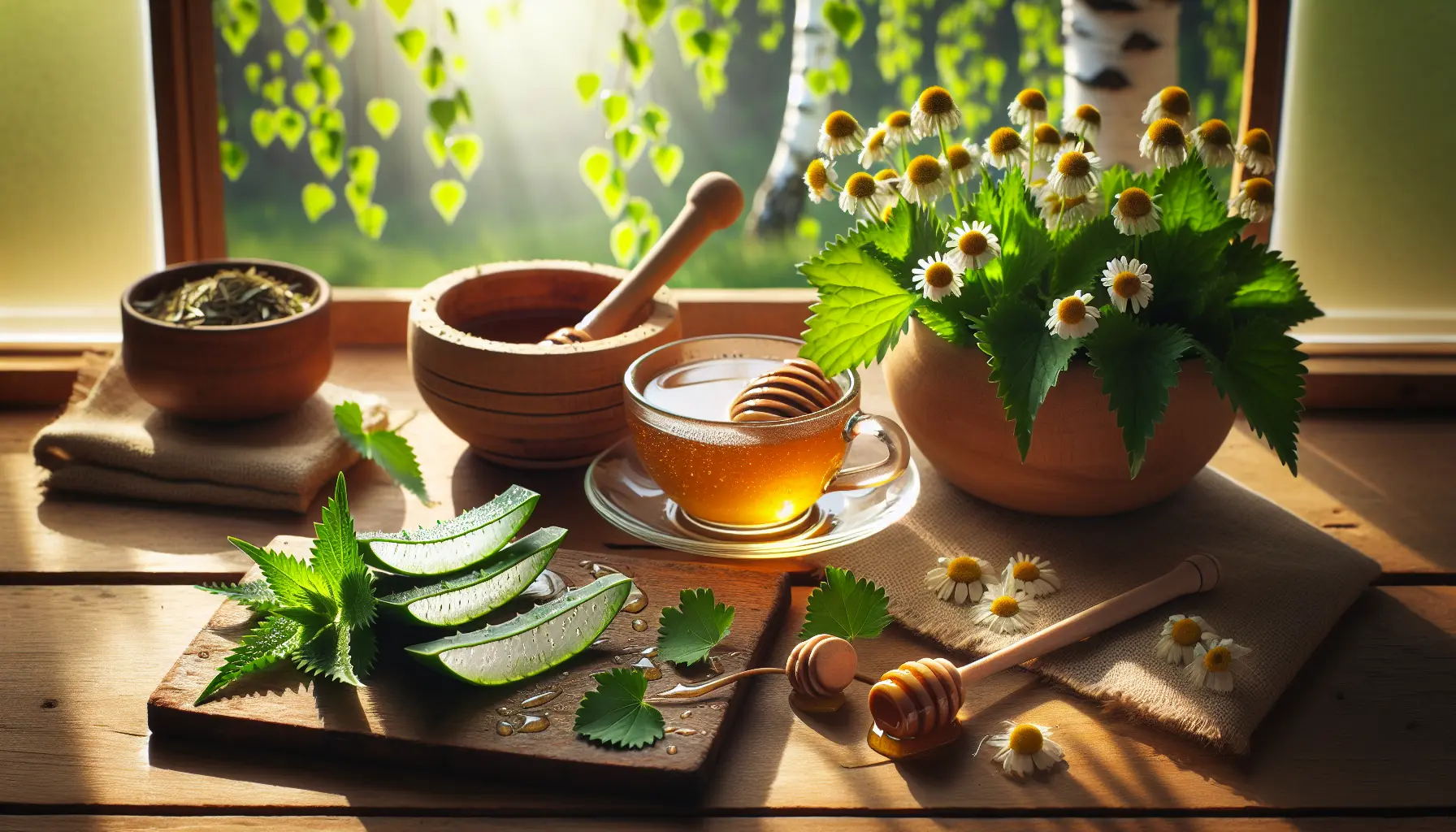Feeling utterly defeated by seasonal sniffles, even after trying every antihistamine you can find? We hear you. That sense of being so uncomfortable and feeling rubbish, when you’ve done everything ‘right,’ is incredibly frustrating. At HistamineFix, we believe that when standard solutions fail, it’s a sign to look deeper. Often, what feels like relentless hay fever is actually a clue that your body’s histamine system is overloaded, and we’re here to help you understand why.
Is It Just Hay Fever, or Something More?
For millions, hay fever is a predictable, manageable seasonal nuisance. But for some, it’s a different beast entirely—a relentless wave of symptoms that medications barely touch. If you’re using prescribed nasal sprays and taking antihistamines but still suffering, it’s not because you’re failing; it’s likely because you’re targeting the wrong problem.
Think of your body’s tolerance for histamine like a bucket. Pollen from trees and grass is just one source filling it up. If your bucket is already nearly full from other sources—like certain foods, stress, or poor gut health—even a small amount of pollen can make it overflow, triggering an extreme reaction that antihistamines can’t contain.
Understanding Your ‘Histamine Bucket’
Histamine is more than just an allergy molecule; it’s a crucial chemical that regulates your sleep-wake cycle, stomach acid, and brain function. Your body has two main enzymes to clean up excess histamine:
- DAO (Diamine Oxidase): This is your primary defense in the gut, breaking down histamine from the foods you eat.
- HNMT (Histamine N-methyltransferase): This enzyme works inside your cells to manage histamine produced by your own body.
When these enzymes can’t keep up, histamine builds up, your bucket overflows, and you experience symptoms. This is histamine intolerance. It’s not an allergy, but a sign that your body’s ability to clear histamine is overwhelmed.
Why Your Antihistamines Aren’t Enough
Antihistamine medications work by blocking histamine from attaching to its receptors. They put up a temporary shield, which can reduce symptoms like itching and sneezing. However, they do nothing to lower the actual amount of histamine circulating in your body. If your histamine bucket is overflowing, blocking a few receptors is like using a small umbrella in a hurricane—it helps a little, but you’re still getting soaked. This is why you can still feel so generally unwell and uncomfortable.
Could It Be a Deeper Issue like DAO Deficiency or MCAS?
If your symptoms are severe and persistent, two underlying conditions are worth knowing about:
- DAO Deficiency: You might not produce enough of the DAO enzyme to break down histamine from your diet. This can be due to genetics (variants in the DAO gene are common), gut health issues like leaky gut, or even certain medications that block DAO function. During pollen season, the combined load from the environment and your food becomes too much to handle.
- Mast Cell Activation Syndrome (MCAS): In this condition, your mast cells (a type of immune cell) are overly sensitive. They can release a flood of histamine and other inflammatory chemicals in response to triggers like pollen, stress, heat, or specific foods. This goes beyond a simple allergic reaction and can cause a wide range of symptoms throughout the body.
5 Low-Cost Tips to Lower Your Histamine Load
You don’t need expensive gadgets or supplements to start feeling better. The goal is to lower the overall level in your histamine bucket. Here are a few practical, budget-friendly places to start:
- Temporarily Lower Histamine Foods: During peak pollen season, try reducing your intake of high-histamine foods. Common culprits include aged cheeses, cured meats, fermented foods (like sauerkraut and yogurt), spinach, avocado, tomatoes, and alcohol. Focus on fresh, whole foods.
- Rinse and Repeat: An inexpensive saline nasal spray or a neti pot can do wonders. Rinsing your sinuses after being outside helps physically wash pollen out before it can trigger a reaction. Also, make it a habit to shower and change your clothes when you come in for the day.
- Strategic Fresh Air: You don’t have to become a hermit. Pollen counts are typically highest in the morning and on windy days. Check your local pollen forecast (our app has this feature!) and open your windows or go for a walk in the late afternoon or after it rains, when pollen levels are lower.
- Embrace Kitchen Helpers: Some foods contain natural compounds that can help. Quercetin, found in onions and apples, can help stabilize mast cells. Vitamin C, abundant in bell peppers and broccoli, can help break down histamine. Think of these as supportive helpers, not cures.
- Calm the System: Stress is a major histamine trigger. When you feel that wave of symptoms coming on, try a simple box breathing exercise: inhale for 4 seconds, hold for 4, exhale for 4, and hold for 4. It’s free, takes only a minute, and can help calm the nervous system response that drives histamine release.
Conclusion
Feeling this unwell is exhausting, but your body is sending you important clues. By looking beyond the pollen and understanding your total histamine load, you can start to regain control. This is a journey of discovery, not a life sentence. If you’re ready to connect the dots between your diet, lifestyle, and symptoms, explore our 6-Step Reset Plan to begin building your personalized roadmap to relief.

